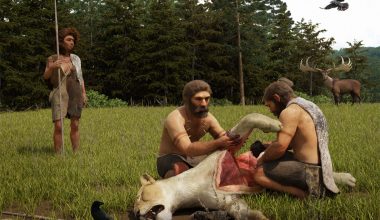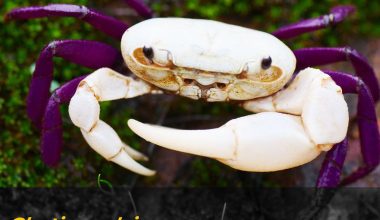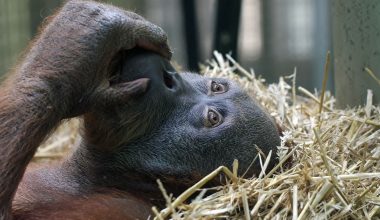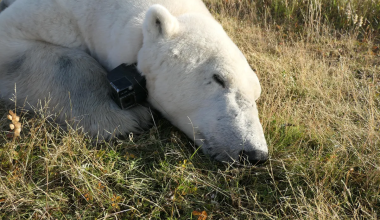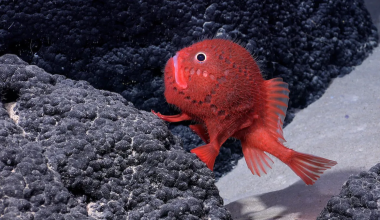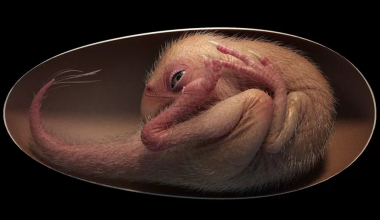Thirty-two living species, comprising humans and chimpanzees, wombats and rabbits, manatees, domestic cattle, rhinos, bats, and pangolins, provided DNA samples for the study.
From a platypus to a blue whale, all living mammals today are descendants of a single ancestor that existed around 180 million years ago. According to a recent study, reconstructing the ancestral genome may help study mammalian evolution and preserve current species.
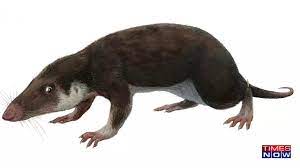
Morganucodon, a prehistoric animal that existed about 200 million years ago, matched the earliest mammal ancestor most likely. The study’s findings were published on September 26 in Proceedings of the National Academy of Sciences.
Thirty-two living species, comprising humans and chimpanzees, wombats and rabbits, manatees, domestic cattle, rhinos, bats, and pangolins, provided DNA samples for the study. The chicken and Chinese alligator genomes were also analyzed as comparison samples.
Some of these genomes are being created, as recommended by the University of California, Davis, as part of the Earth BioGenome Project and other massive biodiversity genome sequencing efforts. The reconstruction shows that the mammal ancestor had two sex chromosomes and 19 autosomal chromosomes, which regulate the inheritance of an organism’s characteristics quite apart from those controlled by sex-linked chromosomes, according to Joana Damas, the study’s first author and a postdoctoral researcher at the UC Davis Genome Center.
The researchers discovered 1,215 gene clusters in all 32 genomes that always occur on the same chromosome and in the same order. These fundamental units of the genomes of all mammals include the genes necessary for a healthy embryo to grow.
Chromosomes have been stable for over 300 million years
The researchers discovered nine whole chromosomes or chromosome fragments in the mammalian ancestor whose gene arrangement is identical to contemporary birds. “This remarkable finding shows the evolutionary stability of the order and orientation of genes on chromosomes over an extended evolutionary time frame of more than 320 million years,” Lewin says.
The researchers traced the ancestry of the chromosomes back to their common origin. They discovered that there were variations in chromosomal rearrangement rates among mammal lineages. Sixty-six million years ago, when an asteroid strike wiped off the dinosaurs and gave birth to mammals, there was an increase in rearrangement in the ruminant lineage, which gave rise to contemporary cattle, sheep, and deer.
Source: timesnownews
